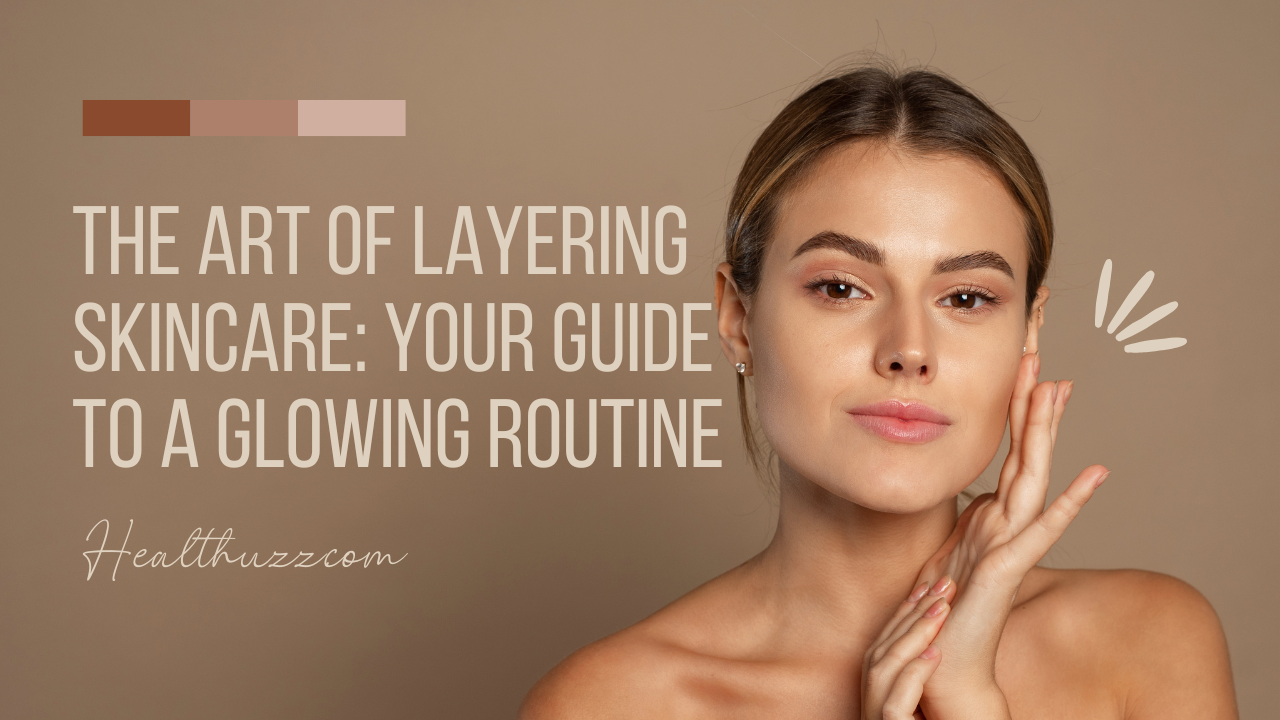When it comes to building a good skincare routine, the way you apply the serum makes all the difference. It is actually called “layering skincare,” and getting its right is the key to healthy and glowing skin. But what exactly is the correct skincare routine order?
In this article, we will break down what actually is the art of layering the skincare product. Consider this article as your guide to a glowing skincare routine and read it till the end.
The Right Skincare Routine Order
Below, we have shared the seven steps in the right skincare routine order. Each of them is discussed with attention to detail.
Step 1: Cleanser
The first step in layering skincare is cleansing your face which is the most important and necessary step. Without doing this skincare step you might not be fully effective and the products might start peeling as the skin will start producing sebum, especially if you have an oily or combination skin.
To get started with your skincare routine, it is important to cleanse your face thoroughly and ensure that all the dirt is removed from your face and you have no makeup residue left on your skin.
Step 2: Toner
Once you have cleansed your face, the next and most undermined, yet useful step is using the toner to balance the pH value of your skin.
Apart from balancing the pH of your skin, it also helps to remove any left dirt or makeup from your skin.
Step 3: Essence
When it comes to applying essence on your skin, some people think that this is not necessary and does not actually have any impact on their skin, this could be a case but most of the people have seen the difference in the absorption and hydration of their skin after using essence once they have toned their face.
Step 4: Serum
This step can be customized based on your skin type and the concern you are working with. Some people add hyaluronic or Vitamin C serum in their skincare routine while some use peptide centella serum or niacinamide to treat their skin issues.
The main thing that must be taken care of when applying serum is to apply serums from thinnest to thickest which means you have to apply the serum that has a thin consistency at start and the one which thick consistency at the last. It helps your serums to effectively penetrate in your skin and work best so that you can get optimal results.
Step 5: Eye Cream
You must understand that the delicate area around your skin deserves some extra care and must not be treated the way you treat your rest of the face.
To follow this statement, you must use an eye cream to reduce puffiness. Apply this after the serums as it can be watery and after it using moisturizer would lock it into your skin.
As explained by The Ordinary’s skincare layering guide, lighter, water-based products should always go on first, while heavier, oil-based products should be applied later to seal everything in.
Step 6: Moisturizer
Once you are done with your eye cream, now is the time to seal all the goodness into your skin using an effective yet simple moisturizer that will deliver hydration and glow to your skin.
Step 7: Sunscreen (Morning Only)
This step is extremely important, especially if you are going out in the day time. Always use a sun screen after applying the moisturizer as this helps to keep your skin safe from the harsh sunlight that can ruin all your skincare, skin barrier, and skin cells.
For more helpful tips, check out this layering guide from Biossance. They break down everything you need to know to get the most out of your routine!
Final Thoughts
Layering your skincare products in the correct order helps them work their best and ensures your skin gets the full benefits. Start with cleansing, then work your way through toner, essence, serums, and moisturizer. Don’t forget to finish with sunscreen in the morning to protect your skin. By following this balanced routine, you’re setting yourself up for healthy, radiant skin, every day!





